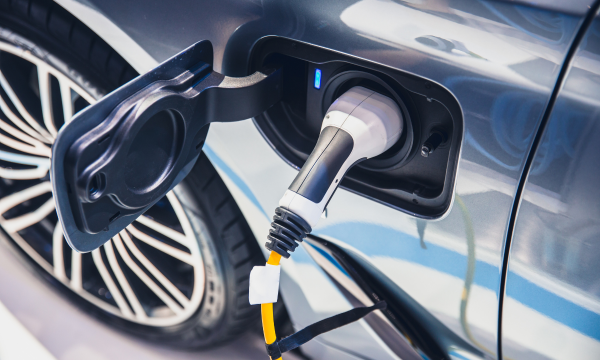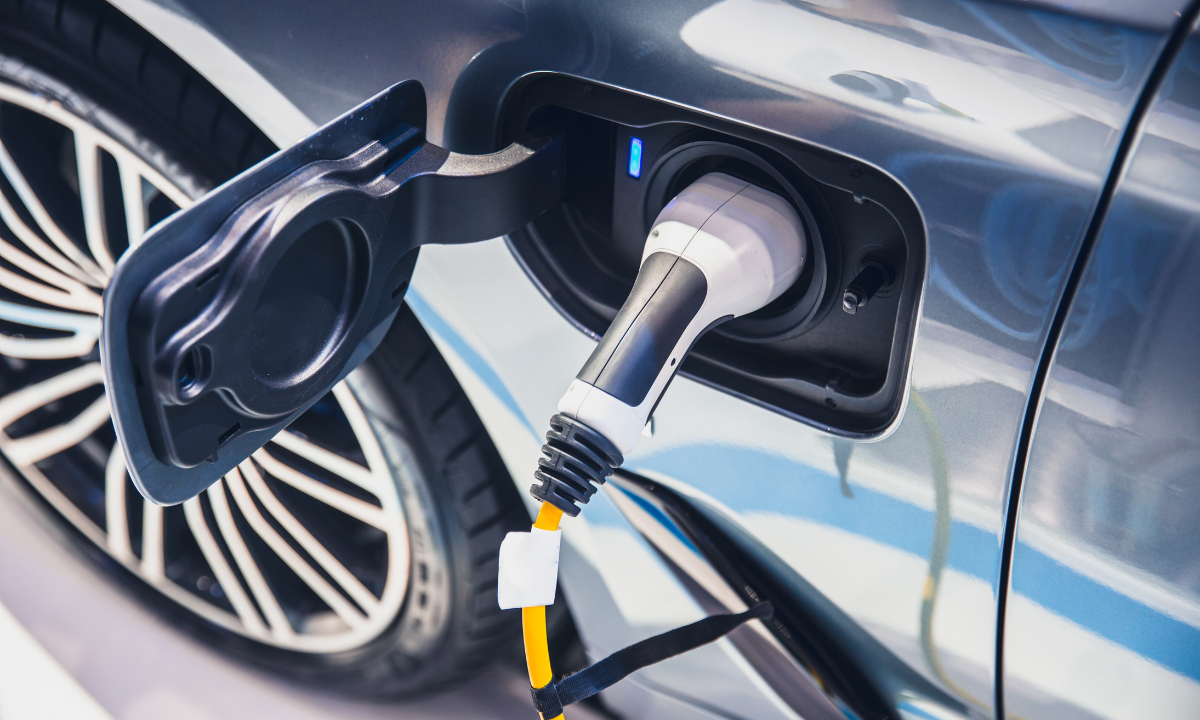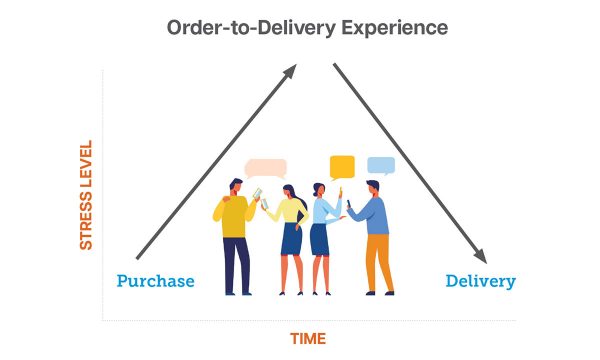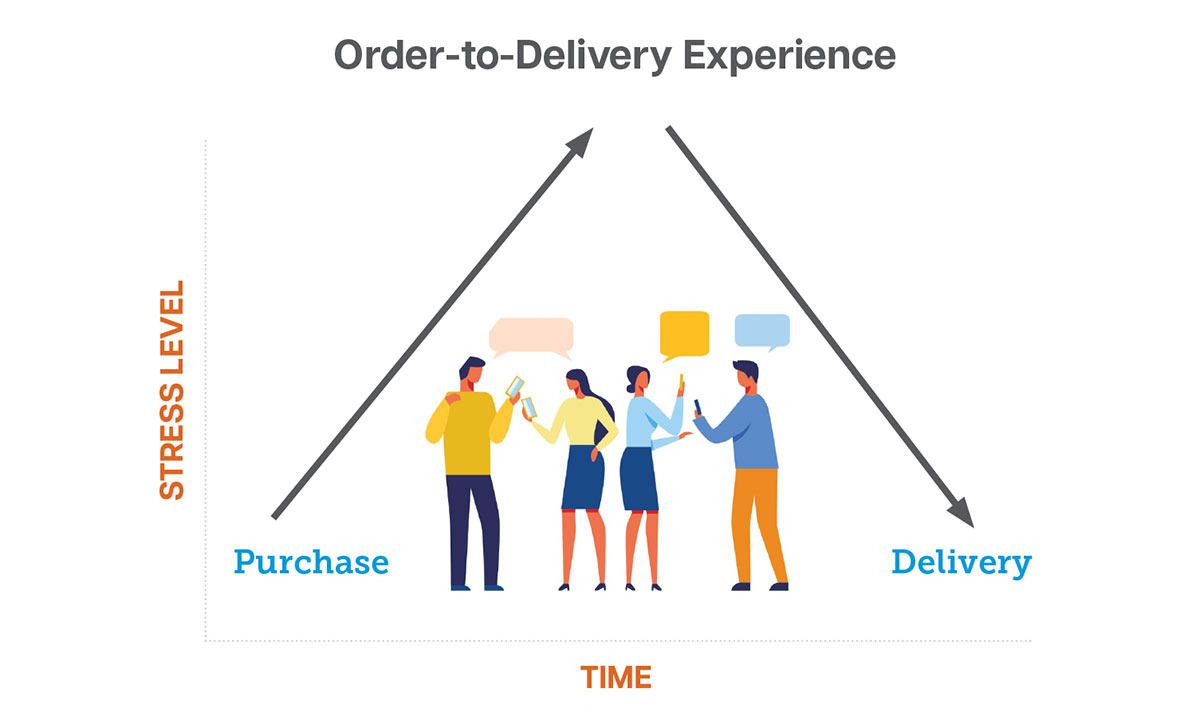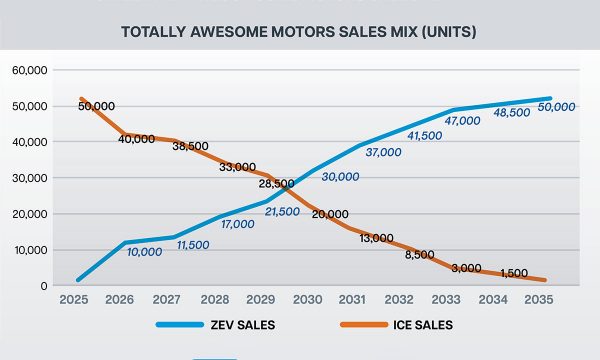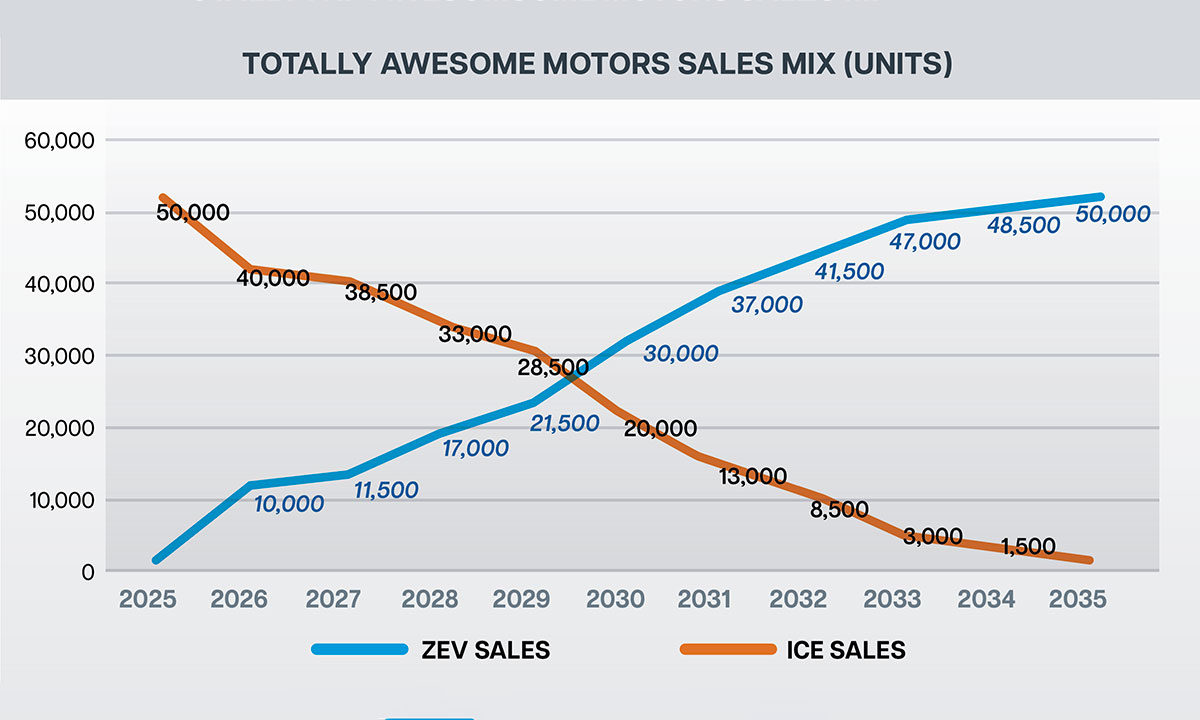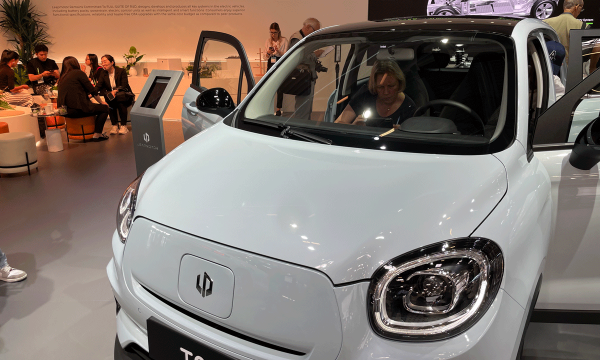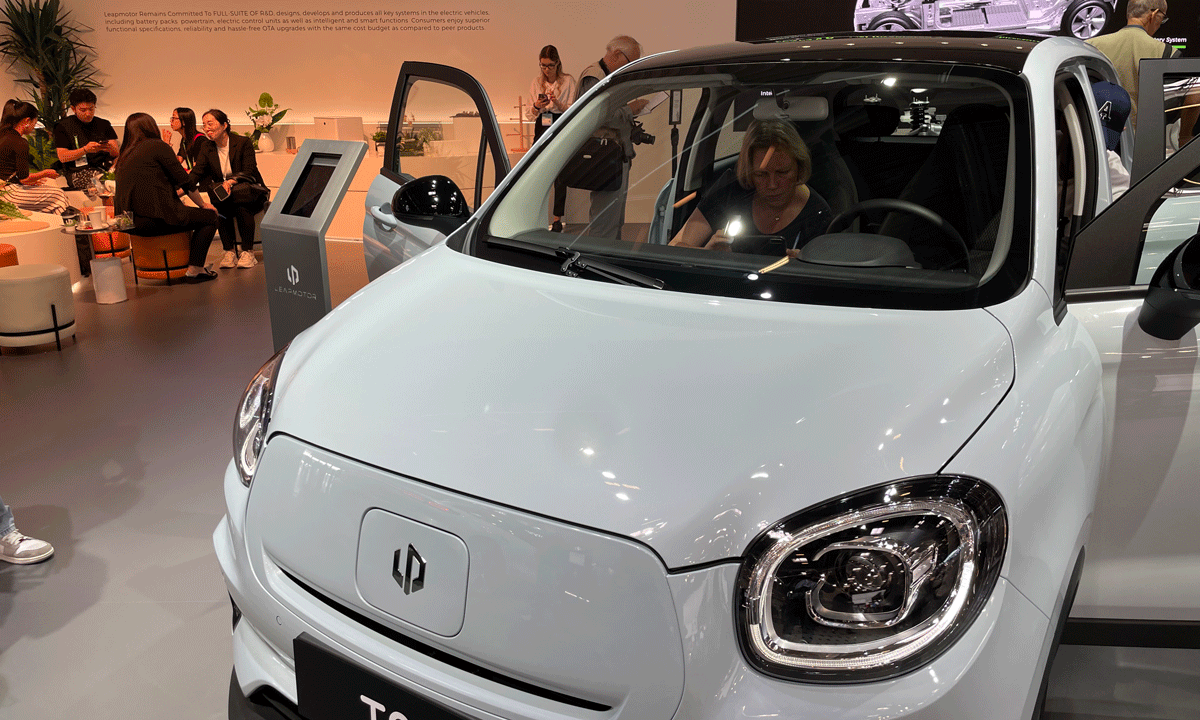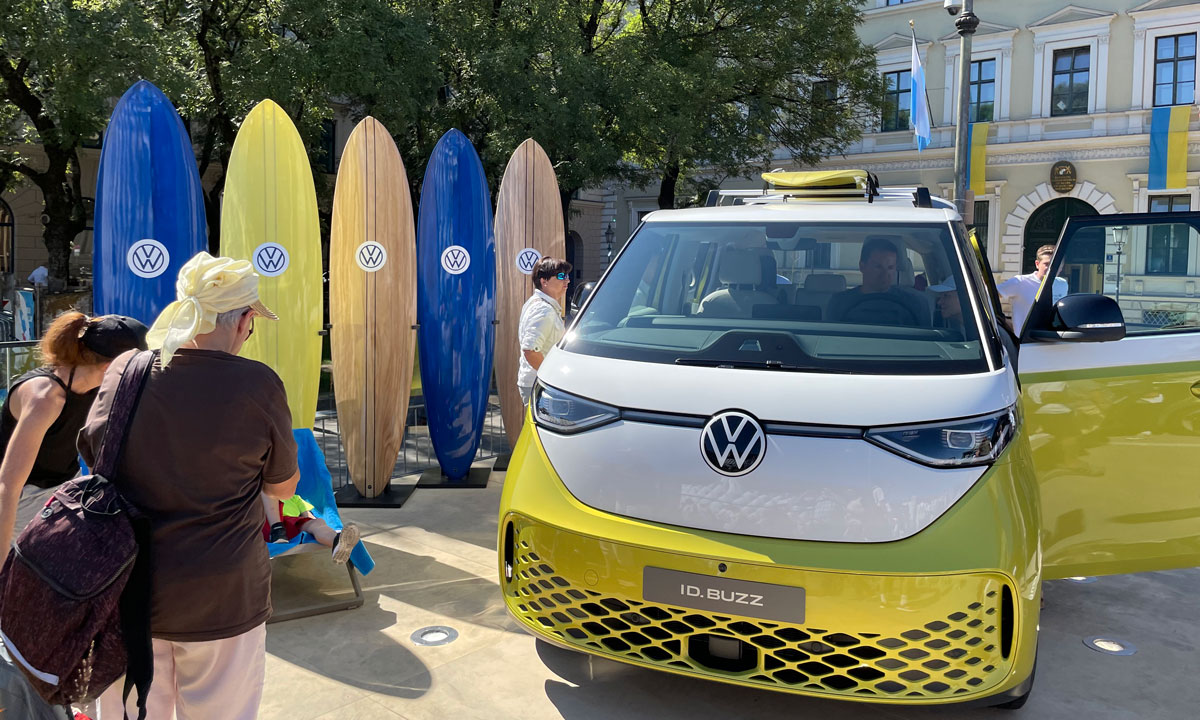
Observations on global changes that will impact Canada: Part 1 of 2
The IAA Mobility conference held in Germany recently was deemed a success with more than 500,000 visitors coming to see new vehicles, brands, innovations and trends.
Having moved in 2021 from Frankfurt to Munich, the automotive conference has reinvented itself to be focused on mobility per se, rather than merely showing new vehicles.
It also coincided with the German Statistical Office reporting a national record in car ownership, with 78 per cent of German households having at least one car and a national park of 48.8 million vehicles in the country. A far cry from concerns around peak cars and certainly a reason why ever more challenger brands are entering the market.
From a Canadian perspective the IAA showcased some emerging trends and innovations that likely will be arriving on these shores soon — if not already present.
The success behind the week-long conference, is the now established approach to have both a trade-based conference, alongside and an attractive consumer presence known as the Open Space, spread across various locations in downtown Munich.
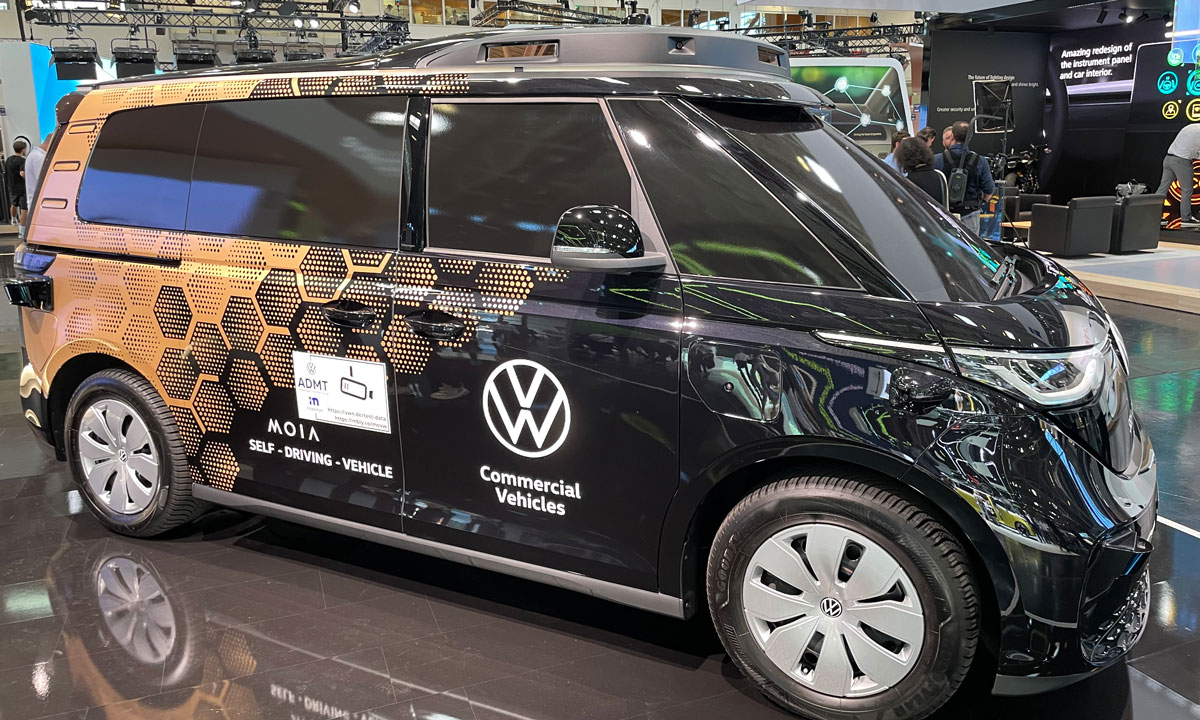
Prospective new car buyers could walk throughout the city centre looking and test driving not merely the newest EV offerings from domestic and imported brands like BMW, Mercedes-Benz, Volkswagen, Cupra, BYD, Lotus, Polestar or XPeng, but also try out a series of new e-bikes or e-scooters. A Community Lab was also set-up in-front of the iconic Rathaus showcasing community ideas around new mobility.
The key themes of the event were electric, the expansion of Chinese OEMs into Europe, micro-mobility, autonomous driving, charging, connectivity and sustainability.
The Chinese OEMs came in full force, not only with BYD, the world’s largest EV manufacturer presenting its models to the European market, but a series of less familiar Chinese brands growing — or planning to expand — their presence in Germany and beyond, including, Leapmotor, Dongfeng, Series and XEV.
The ambitions of Chinese OEMs in Europe are clear with ABI Research recently forecasting that 1.2 million Chinese EV imports will arrive annually by 2030 into Europe. New entrants showing their products at the IAA, as well as more established Chinese players, like SAIC’s MG, Geely’s Lynk & Co and Polestar, as well Great Wall-Ora, NIO and XPeng, as well as products produced in China for western brands from the likes of Tesla, BMW or Mercedes-Benz are expected to be included in the million plus imports coming from the middle kingdom.
With attractively priced products, a strong grip on battery technologies and supply, and increasingly improving quality, as recorded by J.D. Power’s IQS studies over years, Chinese brands present a real threat to the legacy brands and jobs across Europe.
Not surprisingly, European Commission President Ursula von der Leyen, announced on 13th September 2023 that there would be an inquiry into EVs coming from China, saying: “I can announce today that the Commission is launching an anti-subsidy investigation into electric vehicles coming from China. Europe is open to competition. Not for a race to the bottom.”
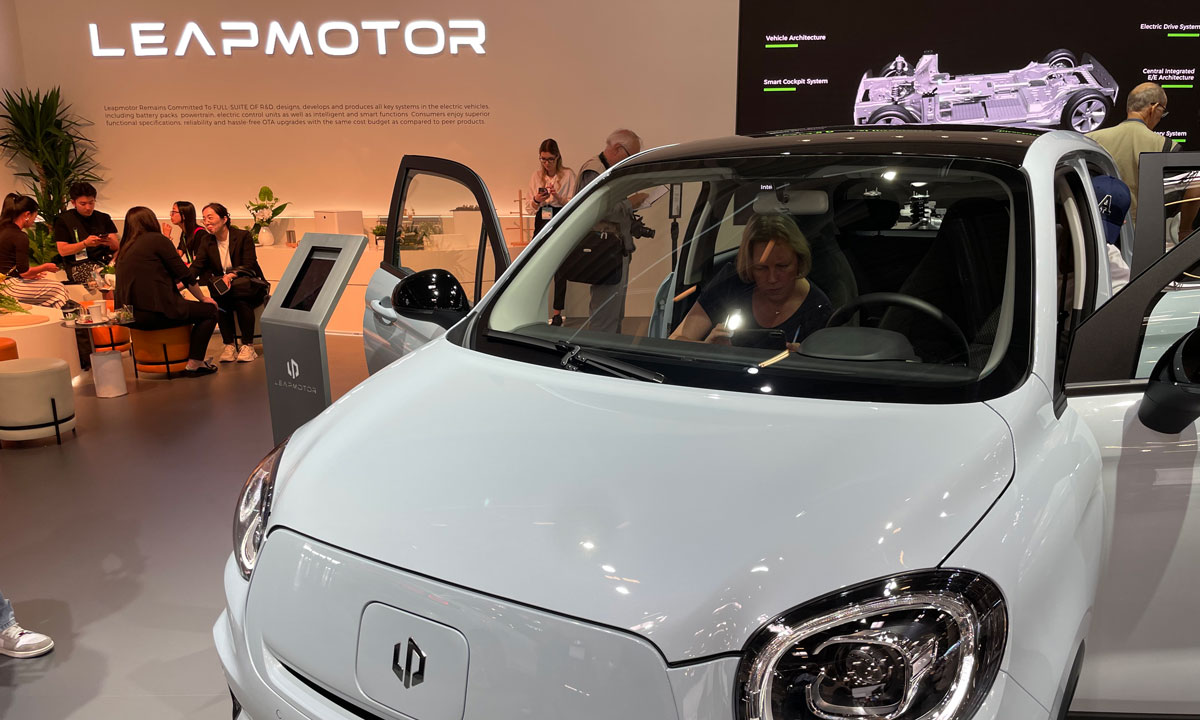
This hasn’t stopped major dealer groups, however, like Emil Frey Gruppe, Senger Gruppe or Sternauto-Gruppe establishing franchise and agency opportunities with Chinese OEMs, especially to feed the ever-growing demand for EVs.
With attractively priced products, a strong grip on battery technologies and supply, and increasingly improving quality, as recorded by J.D. Power’s IQS studies over years, Chinese brands present a real threat to the legacy brands and jobs across Europe.
The requirement to provide lower priced EVs and greater range of models, to a market transitioning away from ICE vehicles by 2035 across the 27 EU markets (and 2030 in the UK), can only be welcomed by consumers and retailers alike.
But as new Chinese OEMs presented their products at the IAA, it was also interesting to see that VinFast pulled out late in the day, and that NIO had a limited presence at this prestigious event. No announcement of an expected partnership with Mercedes-Benz was given during the keynote speech by NIO’s CEO Li Bin at the IAA, highlighting how some challenger brands won’t find it easy to establish a successful presence in a very competitive market like Europe.
Though micro-mobility vehicles may not resonate in Canada as a major growth sales opportunity, the increasing restrictions on vehicle usage, particularly in urban centres is not unique to Europe.
Smaller vehicles, be it from XEV with their YOYO 2-seater, UK-based and Chinese built MEV City, Spanish Silence SO4, or Swiss brand Microlino, demonstrate the expanding range of micro vehicles on offer. Often designed for short, single-person journeys, these micro-vehicles underline a growing trend in Europe for new urban mobility solutions.
Notably, with the increasing popularity of households to install solar panels and the ability to charge at home, avoiding high energy costs so evident in Europe, make micro-vehicles an interesting add-on to home energy eco systems, something that energy companies, charging providers and retailers are exploring.
Make sure to read part two of this column in our December issue.







